The GPS of Family History ~The Family History Guide
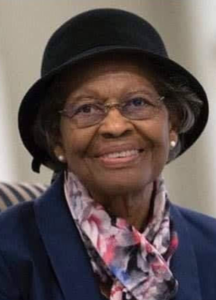 This week I read a wonderful article about, Dr. Gladys West, one of the top 100 Women mentioned by the BBC, as one of the most important contributors to science in our times. Dr. West was inducted into the Air Force Space and Missile Pioneers Hall Of Fame in 2018. Dr. West, now in her 80s, is a noted mathematician and early contributor to the GPS (Global Positioning System) technology. For more information on her see the note at the end of this post. The next time you use any navigation device or software like Google Maps, think of Dr.Gladys West’s important work!
This week I read a wonderful article about, Dr. Gladys West, one of the top 100 Women mentioned by the BBC, as one of the most important contributors to science in our times. Dr. West was inducted into the Air Force Space and Missile Pioneers Hall Of Fame in 2018. Dr. West, now in her 80s, is a noted mathematician and early contributor to the GPS (Global Positioning System) technology. For more information on her see the note at the end of this post. The next time you use any navigation device or software like Google Maps, think of Dr.Gladys West’s important work!
A GPS requires us to know where we are, and where we want to go. When we enter those two places into our device, the GPS guides us turn by turn to our destination. If we miss or skip a turn along the way, we would end up lost or in the wrong place. After several attempts of not being able to get where we want to go, a lot of us might just give up, especially if we have tried so hard with no success and don’t know where to turn for assistance. Without getting into the fine points of how a GPS works with triangulation, Gladys West used mathematics and trigonometry (which literally means measuring triangles) to contribute to her work on GPS technology. Knowing where we are, where we are going and seeking the steps to get there is the essence of every goal we seek to attain in life.
Is this not precisely what The Family History Guide does for us in a very organized way? It is! When I consider the word “guide” in the name of The Family History Guide, this was not a random choice. It literally guides us in a sequential manner in becoming proficient. With a solid foundation, we can be successful in finding our ancestors.
The Family History Guide is right where I need it and when I need it. This week I finished a lot of projects and I am now able to fully concentrate on The Family History Guide and getting ready for RootsTech 2019. One of our daughters is coming to RootsTech and I needed to get her some information to review about doing demos in our booth in the Expo Hall. Since she lives on the east coast she was not able to attend the meetings for booth workers in Utah. As I pondered what to send her I remembered that Bob Taylor had written a blog post on January 14, 2019, entitled “30 Things To See”.
As I reviewed the post, of those 30 things to see in the Family History Guide, it was precisely what Laura needed to be prepared for Rootstech. The list has been completely revised and updated from its last iteration, just in time. It is exactly what I needed not only for Laura but for two church leaders that needed it also. This is the thing I love about using The Family History Guide. It is dynamic, current and organized! That is extremely important when you are teaching and assisting others. It makes life easier, much more efficient, and enjoyable for everyone.
We really hope to see many of you at Rootstech in a few weeks. It is the best time when we gather together to learn more about the wonderful things that make connecting with our families so rewarding. There is such exciting energy there! It is a huge crowd of like-minded, very nice people under one gigantic roof. The Rootstech Team promises more efficient registration this year with lots of improvements, including three times more people checking us in. There will be no more scanning of badges except for the paid labs and lunches. The best thing of all, no standing in big lines. The plan is to keep those lines moving quickly with a lot more classrooms and classes being offered than ever before.
The Family History Guide has a prime location in the Expo Hall again this year. Enter the Hall and turn left, we are on the second row, booth 217, and just behind and to the left of FamilySearch. We’ll be doing three big classes this year. Check your Rootstech mobile app for them or on their website. There is one class called The Family History Guide: Accelerating Your Learning and Research on Thursday afternoon at 3:00 PM in Ballroom B. We also have two presentations on Saturday’s Discovery Day line-up. In the booth, we will have demo computers where you can get a one-on-one experience and ask your questions. You can chat with others in the booth about the learning system and the website. You can also experience a variety of 20-minute mini-classes about what is inside The Guide. We’d love to see you and help you navigate through your learning process with The Family History Guide!
The Family History Guide will help you figure out where you are in any given family history journey, much like Dr. West’s contribution helps us identify our position on the planet earth of which Dr. West said, ‘When you are working every day, you’re not thinking, ‘What impact is this going to have on the world?’ You’re thinking, “I’ve got to get this right.'” The Family History Guide helps us “get it right.”
A source for information on Dr. West’s contributions:
“Dr. Gladys West is among a small group of women who did computing for the U.S. military in the era before electronic systems. Hired in 1956 as a mathematician at the U.S. Naval Weapons Laboratory, she participated in a path-breaking, award-winning astronomical study that proved, during the early 1960s, the regularity of Pluto’s motion relative to Neptune. Thereafter, from the mid-1970s through the 1980s, using complex algorithms to account for variations in gravitational, tidal, and other forces that distort Earth’s shape, she programmed an IBM 7030 “Stretch” computer to deliver increasingly refined calculations for an extremely accurate geodetic Earth model, a geoid, optimized for what ultimately became the Global Positioning System (GPS) orbit.”
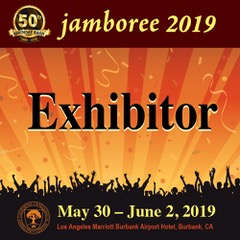
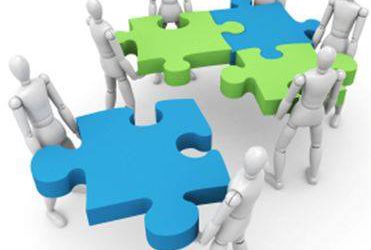
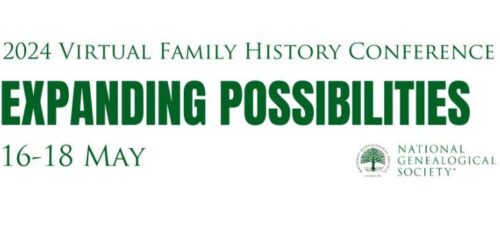
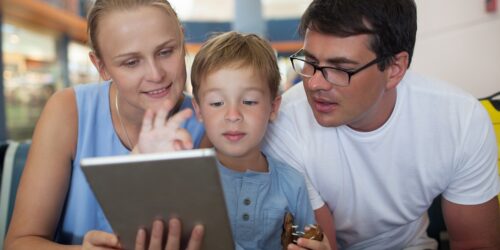

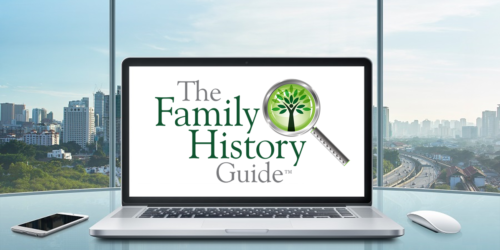
Bonnie nailed it, as usual! What a great analogy and some great history as well.
Thank you, Bob! I appreciate your comments! I am so impressed with Dr. Gladys West! Wow!
She did good work but she didn’t invent GPS. The major questions when GPS was formulated in 1973 were the orbits [MEO or GEO], whether to have the time based on clocks in the satellites or sent up from the ground, and the nature of the signal. The first two were selected from my Dad’s Timation system and the last came from the AF/Aerospace Project 621B. She played no role in these deliberations. She did valuable work on the Geoid.
Thanks for the clarification, Richard. The link below provides some additional information for those who are interested:
http://www.gpsinventor.com/